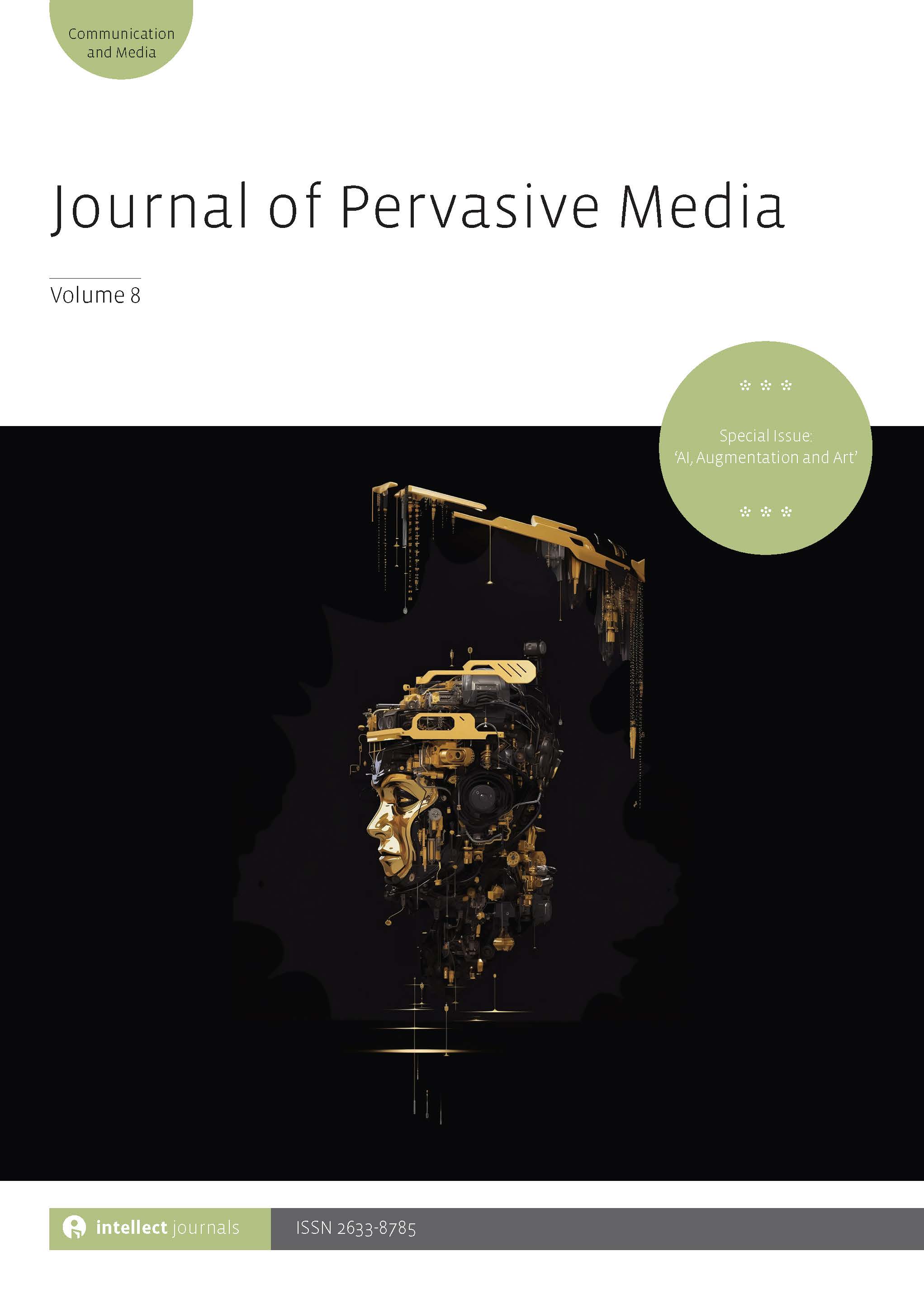-
f Exploring the integration of art and technology
- Source: Journal of Pervasive Media, Volume 8, Issue AI, Augmentation and Art, Aug 2023, p. 3 - 10
-
- 18 Aug 2023
- Previous Article
- Table of Contents
- Next Article
Abstract
The integration of art and technology has emerged as a formidable force in the creative realm, presenting a wide array of opportunities and challenges. With the advent of the internet, collaborative artistic practices have flourished, while financial burdens on artists have been alleviated through democratized production software, reducing their reliance on corporate entities. Technology has empowered artists with increased creative freedom and direct engagement with their fans through social media platforms. Nevertheless, concerns have been raised regarding the authenticity of creative practices, sparking debates about the appropriate extent of technological intervention. The mainstream acceptance of artificial intelligence (AI) and augmentation technologies has further transformed the creative landscape. AI tools now cater to both professionals and amateurs, enabling diverse creative endeavours, ranging from the generation of visual art to assisting in music composition. This Special Issue delves into the profound changes that technology has brought to artistic and creative expression. The articles explore topics such as AI-generated communication, the role of AI in advertising campaigns, AI tools in music composition, technological innovations in art, light augmentation in urban spaces, augmented reality (AR) in literature and the integration of AR in design magazines. The overarching aim is to stimulate critical discussions regarding the future of art, creativity and the implications of technological advancements.



